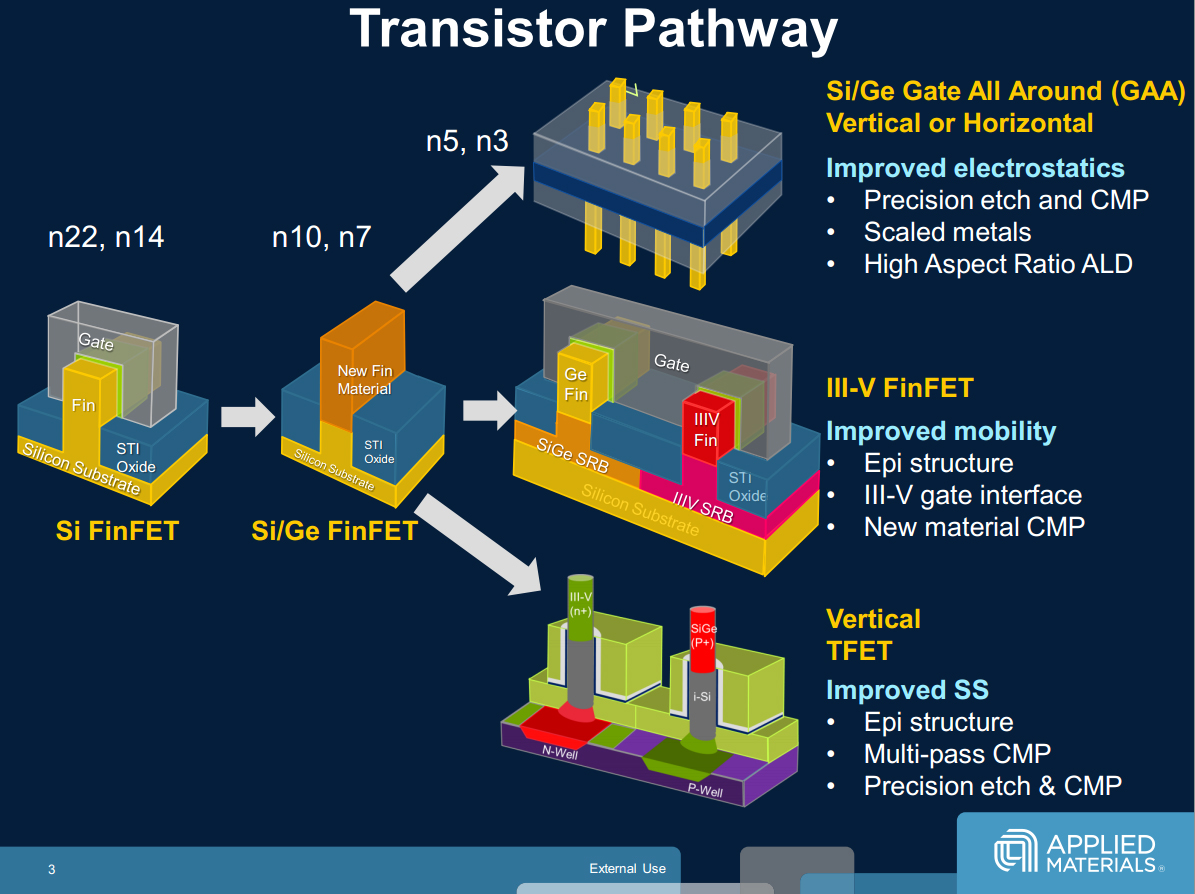

In addition, the tiny devices can be manufactured in large arrays scalable to industrial platforms. The Penn Engineering team’s device is notable for its unprecedented thinness, allowing for each individual device to operate with a minimum amount of surface area. “You can use them for computing as well as memory - interchangeably and with high efficiency.” “Because we have made these devices combining a ferroelectric insulator material with a 2D semiconductor, both are very energy efficient,” says Jariwala. The transistor layers a two-dimensional semiconductor called molybdenum disulfide (MoS2) on top of a ferroelectric material called aluminum scandium nitride (AlScN), demonstrating for the first time that these two materials can be effectively combined to create transistors at scales attractive to industrial manufacturing. Bent Professor of Engineering in the Department of Materials Science and Engineering (MSE) and Director of the Laboratory for Research on the Structure of Matter (LRSM).

They collaborated with fellow Penn Engineering faculty members Troy Olsson, also Associate Professor in ESE, and Eric Stach, Robert D. candidate in his lab, debuted the design. A successful FE-FET design would dramatically undercut the size and energy usage thresholds of traditional devices, as well as increase speed.Ī recent study published in Nature Nanotechnology led by Deep Jariwala, Associate Professor in the Department of Electrical and Systems Engineering (ESE), and Kwan-Ho Kim, a Ph.D. Able to both store and process data, FE-FETs are the subject of a wide range of research and development projects. This property allows them to serve as non-volatile memory devices as well as computing devices. Like traditional silicon-based transistors, FE-FETs are switches, turning on and off at incredible speed to communicate the 1s and 0s computers use to perform their operations.īut FE-FETs have an additional function that conventional transistors do not: their ferroelectric properties allow them to hold on to electrical charge. With ever more enormous data sets to store, search and analyze at increasing levels of complexity, these devices must become smaller, faster and more energy efficient to keep up with the pace of data innovation.įerroelectric field effect transistors (FE-FETs) are among the most intriguing answers to this challenge. The Big Data revolution has strained the capabilities of state-of-the-art electronic hardware, challenging engineers to rethink almost every aspect of the microchip. Principles of electronics by V K Mehta and Rohit Mehta, Chand.Ģ.Researchers at the University of Pennsylvania School of Engineering and Applied Science have introduced a new FE-FET design that demonstrates record-breaking performances in both computing and memory. Study on Zener Diode, Zener Diode characteristics and different problems about Zener Diodeġ. Study on PN junction Diode and Diode Characteristicsģ. Operational amplifier in different modes.ĬO3: Analyze output in different operating modes of different semiconductor devices.ĬO4: Compare design issues, advantages, disadvantages and limitations of basicĢ. Students equipped with the knowledge and training provided in the course willīe able to participate in design, development and operation in the different area of electronicsĬO1: To study basics of semiconductor & devices and their applications in differentĬO2: To study different biasing techniques to operate transistor, FET, MOSFET and It will build mathematical and numerical background for design of electronics circuit &Ĭomponent value. Semiconductor and components like diode, transistor, FET, MOSFET and operational amplifier This course provides the student with the fundamental skills to understand the basic of This course provide basic knowledge about electronics. All engineering students of almost every disciplines has undergo this core course.How much is electronics is needed in our everyday life is no need to mention.

Welcome to CSE 212: Basic Electronics course.


 0 kommentar(er)
0 kommentar(er)
